
Pearls have been used since as early as 520 BCE as jewelry. Some individuals believe they have magical powers. Others simply enjoy their beauty. Today, pearls come in many forms. They can be either cultivated or natural and come in many colors, shapes and sizes. The price of a pearl can range from just a few dollars to several thousand dollars.
Cultured vs. Natural
Pearls are formed inside of mollusks when an irritant, sometimes a parasite, penetrates the pearl's shell. In response, the mollusk secretes a substance onto the irritant which hardens into a pearl. In the early 1900s, Japanese researchers figured out how to artificially cause this creation, birthing cultured (or cultivated) pearls. Since then, cultured pearls have been mass produced. There are even pearl farms where thousands of mollusks are nucleated (stimulated) and cared for while the pearls grow. This has affected the price of pearls drastically. Small, irregular, cultured pearls can cost only a few dollars for a strand whereas cultured pearls that are rare in color or well-formed can cost thousands of dollars for just one pearl.
Natural pearls are pearls that are formed by a fluke in nature. Some people prefer to have natural pearls and the effort that goes into finding these pearls is reflected in the cost. Natural pearls are much more expensive than their cultured counterparts because they are so rare.
Special Pearls
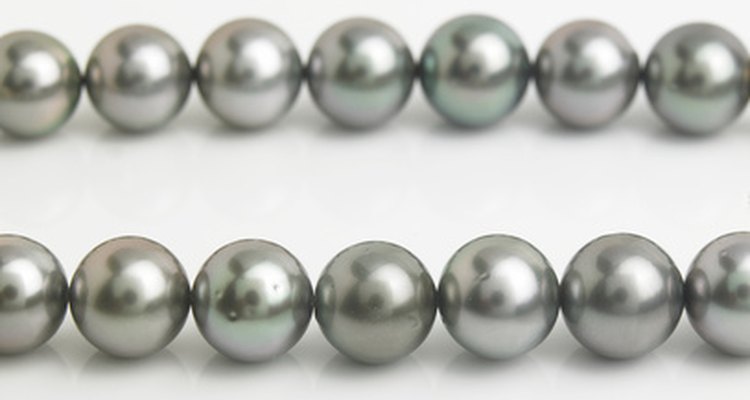
There are some rare pearls that are particularly valuable.
Tahitian pearls are one example of rare pearls. They are formed in black-lipped oysters around the Tahitian coast. They are called "black," although their color often ranges from charcoal to green. True black pearls are extremely rare. They are even more rare because the black-lipped oysters were almost hunted to extinction. Efforts to repopulate them have been made, and now there are Tahitian pearl farms who bring consumers these rare pearls. A Tahitian pearl necklace is usually several thousand dollars.
South Sea pearls are also considered quite rare. They grow in the Indian and Pacific Oceans and are unique because they grow so large. They can grow up to half an inch. A necklace made of South Sea pearls can be twice as much as a Tahitian necklace.
Pearl Grades
There is no universal grading system for pearls. Pearls are given grades by individual distributors and jewelers. Two common systems are the AAA-A system and the A-D system.
In the AAA-A system AAA is the highest grade and, according to the Pearl Guide, defines pearls that are, "The highest-quality pearl, virtually flawless. The surface will have a very high luster, and at least 95 [percent] of the surface will be free from any type of defect."
In the A-D system A is the highest grade and is defined as, "The highest-quality pearl, with very high luster and only minor imperfections over less than 10 [percent] of its surface."
As with other precious stones, the better the grade, the higher the price, but because there is no universal system, it is best to get the pearls appraised by a trusted jeweler before making an expensive purchase.
Craftsmanship
The price of individual pearls may vary on the type and how they are produced, but a piece of pearl jewelry also varies in price based on how it's made. There are many artisans selling pearl jewelry because it is so easy to buy cultured pearls at reasonable prices.
Traditionally, pearls are strung on silk with a knot in between each pearl. This is done because pearls are not stones and are quite soft. The knot prevents the pearls from rubbing on each other (possibly damaging them) and the silk is gentler than other stringing materials. This kind of stringing takes time as each knot is done by hand and will add to the cost of the necklace. Good craftsmanship will always affect the cost of jewelry and should be factored into the cost of the pearls.
Matching Pearls
After considering all the above factors, jewelers need to consider how well the pearls match each other before making a piece of jewelry. A necklace made of pearls that are perfectly matched can be quite time-consuming; this is reflected in the price. Pearls should be matched in size and hue but can also be matched by their age. Pearls that age at the same rate will hold their value longer.
Related Articles

History of Pink Pearls

The Value of Mikimoto Pearls

The History of Biwa Pearls
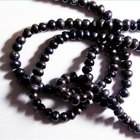
How Rare Is a Black Pearl?
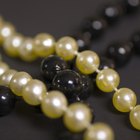
In What Parts of the World Are Valuable ...
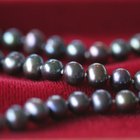
What is the Value of Black Pearls?

How to Tell What Pearls Are Worth

How to Determine the Value of Pearls
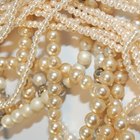
What Countries Harvest Pearls?
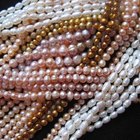
How to Find Pearls
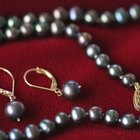
How to Harvest Pearls
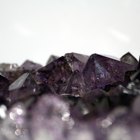
Types of Valuable Crystals
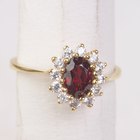
Physical Characteristics of the Ruby ...
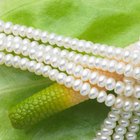
How to Identify a Majorica Pearl

How to Measure Pearls

What Is 916 in Jewelry?
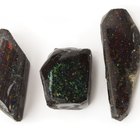
Which Types of Gems Are Most Expensive?

What Is Ceylon Sapphire?
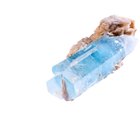
List of the Types of Semi-Precious ...

How Valuable Is a Garnet in Carats?
References
Writer Bio
Shara JJ Cooper graduated with a bachelor's degree in journalism in 2000, and has worked professionally ever since. She has a passion for community journalism, but likes to mix it up by writing for a variety of publications. Cooper is the owner/editor of the Boundary Sentinel, a web-based newspaper.
Photo Credits
pearls image by Photoeyes from Fotolia.com